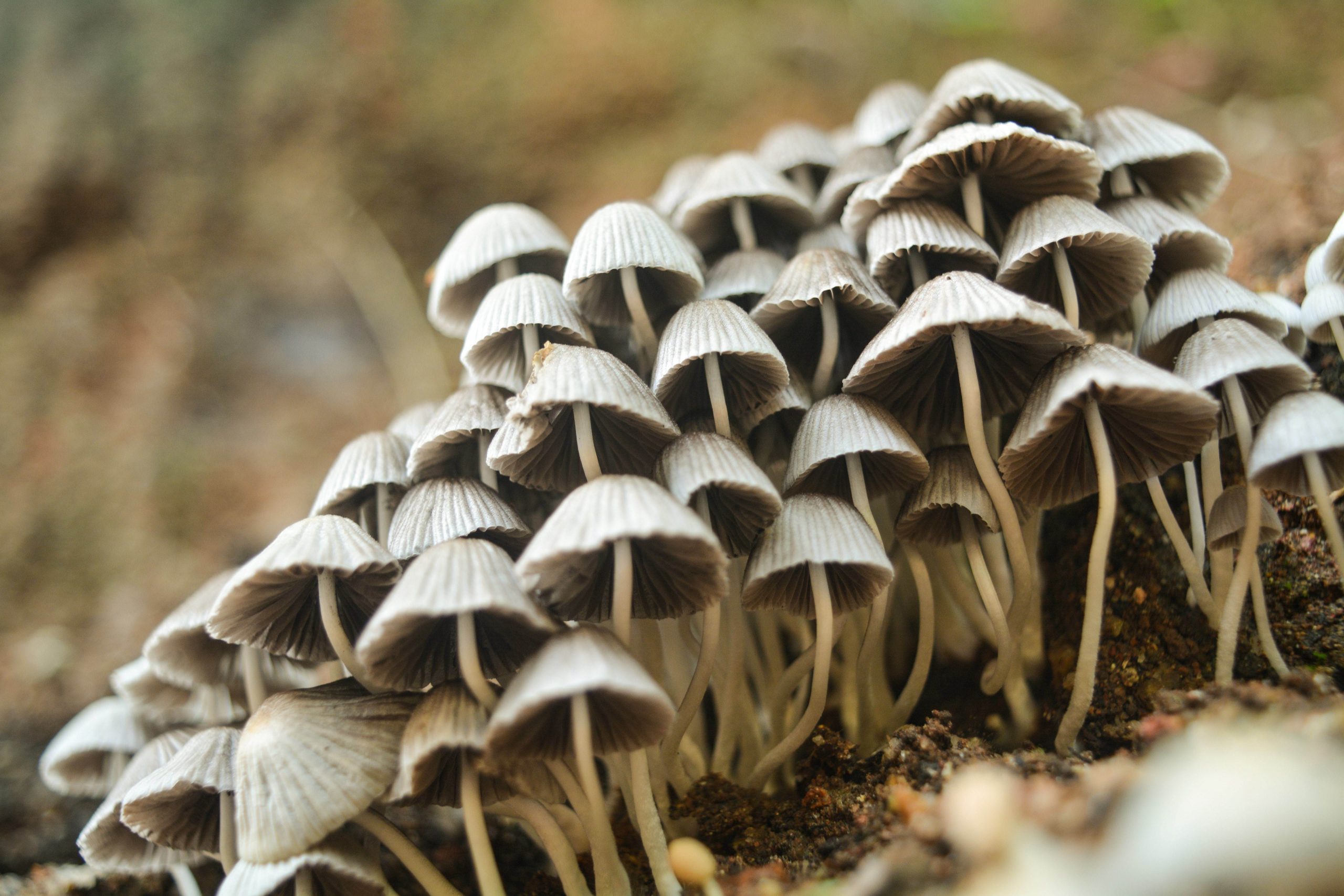30 May New assessment of fungal disease in crops
Antimicrobial resistance is a well-known and pressing issue for human and animal health. While bacteria spring to mind first when discussing this issue, fungal pathogens are also exhibiting resistance. A recent report in Nature discusses how fungal pathogens are also bad news for human health from a food security perspective.
It is estimated that 10-23% of global crop production is lost on farm to fungal disease, with another 10-20% lost post-harvest. This could equate to sufficient calorie loss to meet the energy needs of up to an additional 4 billion people.
Each of the staple crops has its own array of fungal pathogens, hence these losses are felt across the scope of global diets. Extensive monocropping makes for easy spreading of spores, which producers counter with fungicides. As is commonly seen when pesticides are used widely over many generations, resistances have emerged to these fungicides.
More minor crops are also susceptible, meaning impact occurs in all production systems. Moreover, warming conditions have seen some fungal pathogen infections moving towards the poles at an average rate of 7km per year, requiring changes to production practices in newly colonised areas.
The article advocates for increased awareness of the impact of fungal pathogens on the food system, with the hope this will drive greater investment in research and action to counter losses. Examples of directions to take include the development of novel antifungals, increasing crop diversity, early detection of outbreaks, and breeding crops for disease resistance. The most important message from the authors is to see a fungal threat to food crops as a threat to human health, via food security, and therefore worthy of similar attention.
This SNippet was written by Dr Nick Smith, Research Officer for the SNi team.
Photo by Ashish Raj on Pexels






